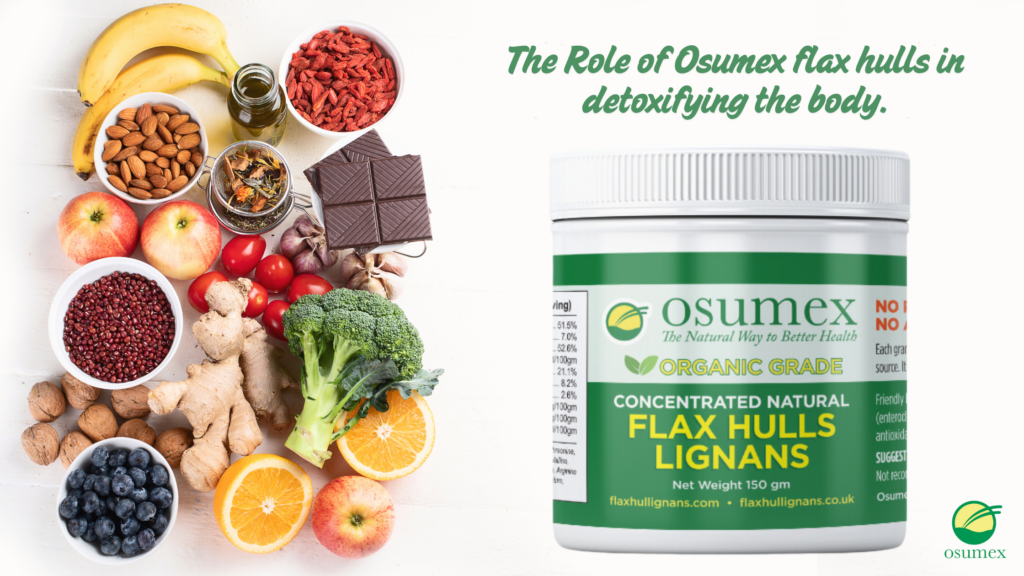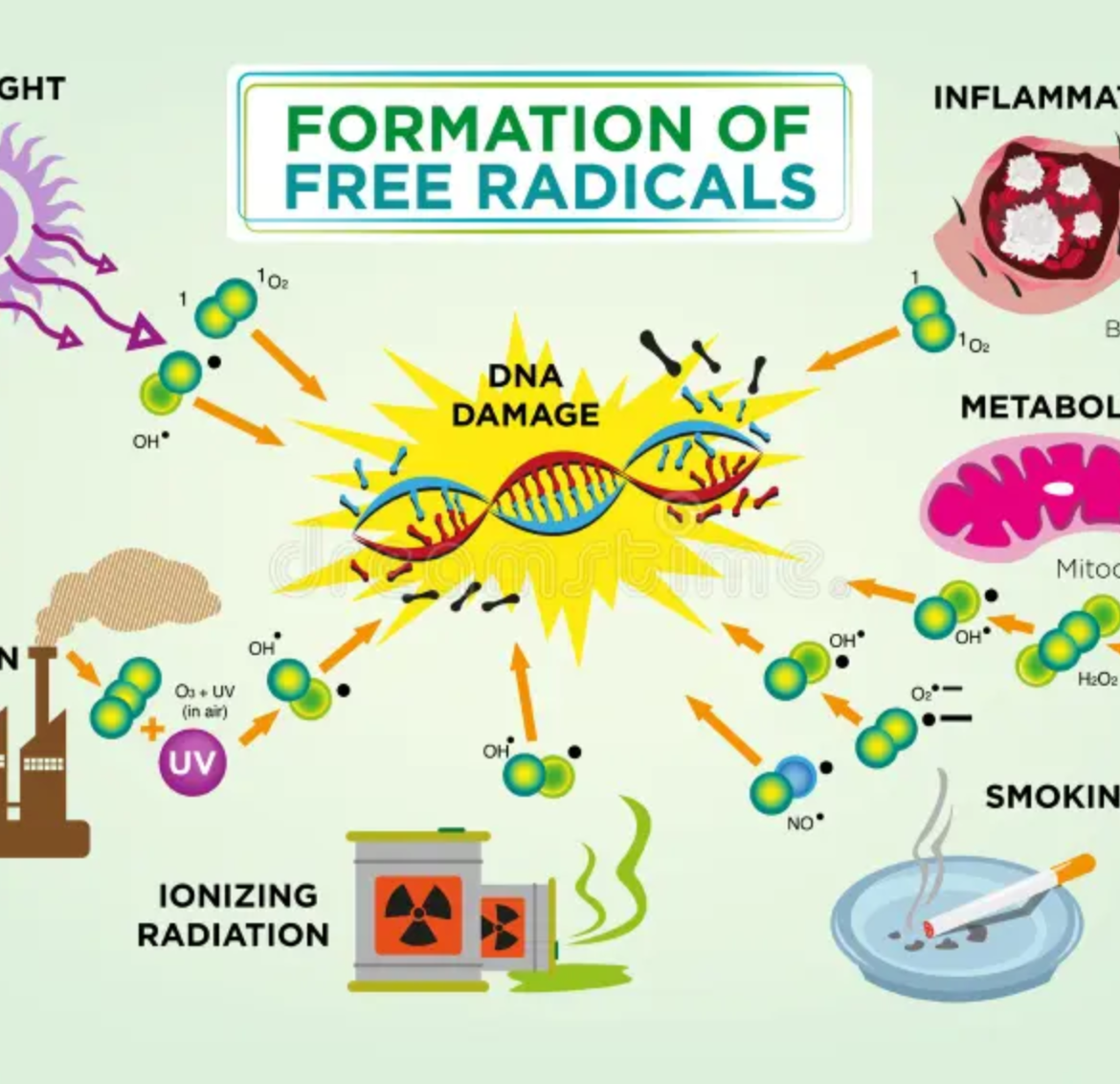
Heavy Metal Exposure Linked to Increased Cardiovascular Disease Risk
| September 30, 2024Heavy metal exposure has long been associated with serious health risks such as cancer, neurological harm, and reproductive or developmental issues.
Now, a new study is shedding light on how exposure to metals such as cadmium, uranium, and copper might also contribute to the leading cause of death worldwide—cardiovascular disease.
Published in the Journal of the American College of Cardiology, the study suggests that metal exposure can result in the accumulation of calcium in the coronary arteries.
This calcification can lead to atherosclerosis, a chronic inflammatory condition that narrows arterial walls and reduces blood flow.
This condition is known to cause strokes, coronary heart disease, and even heart failure.
Lead study author Dr. Katlyn E. McGraw, a postdoctoral research scientist at Columbia University’s Mailman School of Public Health, highlighted that heavy metal exposure must be considered a significant risk factor for cardiovascular diseases.
The Impact of Metal Exposure on Arteries
Metal exposure can come from various sources, including cigarette smoking, contaminated drinking water, environmental pollution, and some foods or consumer products.
These sources of contamination can contribute to calcification in the arteries, similar to classical risk factors such as smoking and diabetes, according to cardiologists Drs. Sadeer Al-Kindi, Khurram Nasir, and Sanjay Rajagopalan, who commented on the findings.
The study, which analyzed data from over 6,400 participants in the Multi-Ethnic Study of Atherosclerosis, found that individuals with higher urinary levels of nonessential metals like cadmium and uranium, as well as essential metals like copper and zinc, had significantly higher levels of coronary calcification over a 10-year period.
Striking Findings
Among the key findings:
- Participants with the highest urinary cadmium levels had coronary calcification levels 51% higher at the start of the study and 75% higher over the 10-year follow-up period compared to those with the lowest levels.
- High urinary levels of tungsten, uranium, and cobalt were associated with 45%, 39%, and 47% higher coronary calcification levels, respectively.
- Those with elevated urinary copper and zinc levels experienced a 33% and 57% increase in coronary calcification, respectively.
These associations remained significant even after adjusting for sociodemographic factors, lifestyle habits, and other cardiovascular risk factors like diabetes, high cholesterol, and hypertension.
Understanding the Mechanism
Although the study shows a strong correlation between metal exposure and cardiovascular disease, it doesn’t prove causation.
The exact mechanisms by which metals may promote atherosclerosis are still unclear, though the authors hypothesize that increased inflammation might be one factor driving the hardening of the arteries.
Long-Term Exposure Monitoring Challenges
One limitation of the study is that metal exposure was mostly measured at the beginning of the study.
This may not fully reflect long-term exposure patterns. However, the researchers note that urinary cadmium is typically a reliable marker of long-term exposure.
The team has applied for additional funding to measure metal exposure throughout the 10-year study period to better understand its impact.
Reducing Your Exposure to Heavy Metals
The study emphasizes the need for public health initiatives to limit exposure to heavy metals in the environment.
Experts advocate for stricter regulations on acceptable metal levels in air and water, as well as enforcement of pollution reduction efforts, particularly in communities that experience disproportionate exposure to these contaminants.
However, individuals can also take some personal steps to reduce their exposure, including:
- Quitting smoking or vaping
- Testing drinking water and using filters if necessary
- Following a healthy lifestyle with a balanced diet and regular exercise
For those in certain occupations, using personal protective equipment (PPE), like masks and goggles, can help minimize exposure.
The Role of Antioxidants and Heavy Metal Detox
Heavy metals are also known to act as precursors to free radicals, which cause oxidative stress, further damaging the body’s cells.
This can accelerate aging and contribute to cardiovascular diseases. Incorporating antioxidants into the diet can help neutralize these free radicals, reducing some of the risks associated with heavy metal exposure.
Osumex flax hulls, for example, are rich in lignans and other nutrients that help support detoxification and can be particularly beneficial for women going through menopause.
These lignans are known to help balance hormones, reduce inflammation, and support cardiovascular health.
Adding Osumex flax hulls to a healthy diet could be one step toward limiting the effects of heavy metal exposure and promoting overall wellness.
For more information on Osumex flax hulls and their health benefits, you can explore our products here.
Moving Forward
As our understanding of heavy metal exposure grows, cardiologists may begin to incorporate metal testing into routine health screenings for heart disease.
While this practice isn’t widespread today, it could become a valuable tool in the future, allowing for earlier detection of cardiovascular risks linked to environmental contaminants.







